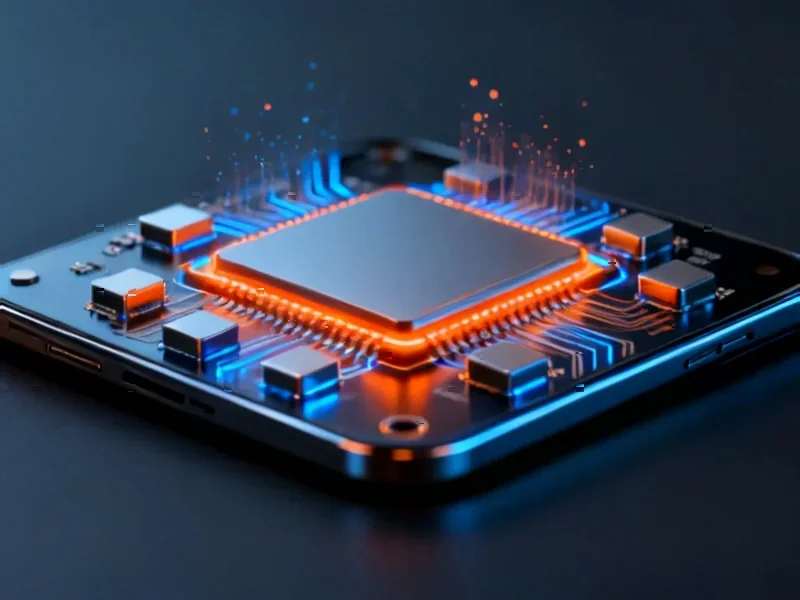According to Digital Trends, OnePlus has announced three key gaming enhancements for its upcoming OnePlus 15 flagship ahead of its November 13 global launch. The company revealed OP Gaming Core, described as the industry’s first “chip-level technology specifically engineered for gaming scenarios,” which uses the OnePlus CPU Scheduler to maintain stable 120fps while reducing power consumption. The system includes over 20,000 lines of original Android code and 254 gaming-optimization patents. Meanwhile, OP Performance Tri-Chip combines the Performance Chip built on the Snapdragon 8 Elite Gen 5 with dedicated Touch Response and Wi-Fi Chip G2 components, while OP FPS Max enables 165fps gameplay across multiple titles. These developments suggest a fundamental shift in mobile gaming hardware strategy.
The Dawn of Dedicated Mobile Gaming Hardware
What OnePlus is attempting represents a significant departure from traditional smartphone gaming optimization. Rather than relying solely on generic processor improvements, they’re creating specialized silicon and software layers specifically for gaming scenarios. This approach mirrors the evolution of PC gaming, where dedicated graphics cards eventually became essential for serious gaming performance. The inclusion of a dedicated Touch Response Chip and Wi-Fi Chip G2 indicates recognition that gaming performance extends beyond raw processing power to include input latency and network stability—two critical factors that have long plagued mobile gaming experiences.
Broader Industry Implications
This move could trigger an arms race in mobile gaming optimization that extends beyond OnePlus. Competitors like Samsung, Apple, and ASUS will likely respond with their own gaming-focused hardware solutions. More importantly, this development signals that smartphone manufacturers are finally treating mobile gaming as a primary use case rather than a secondary consideration. With the global mobile gaming market projected to exceed $200 billion by 2028, according to industry analysis, manufacturers can no longer afford to treat gaming as an afterthought. The economic incentives now justify dedicated hardware investment.
The Technical Implementation Challenge
While the specifications sound impressive, the real test will be in implementation. Creating “chip-level technology” for gaming requires deep integration with both hardware and software that goes far beyond typical optimization. The claim of reducing CPU load while maintaining frame rates suggests sophisticated power management that could set new standards for thermal performance. However, the challenge lies in maintaining these benefits across diverse game engines and titles without creating compatibility issues. The success of this approach will depend heavily on developer adoption and whether game studios optimize for these specific hardware capabilities.
Where This Leads Mobile Gaming
Looking 12-24 months ahead, we’re likely to see this technology mature and influence broader smartphone design. The dedicated gaming components in the OnePlus 15 could become standard features across premium devices, much like high refresh rate displays have transitioned from luxury to necessity. This evolution might also accelerate the convergence between mobile and traditional gaming platforms. As smartphones gain more sophisticated gaming capabilities, we could see increased pressure on Nintendo Switch and other handheld consoles, particularly if cloud gaming services like Xbox Cloud Gaming leverage these hardware improvements for better streaming performance.
What This Means for Gamers
For consumers, this represents a potential paradigm shift in mobile gaming value. Rather than choosing between “gaming phones” with specialized designs and mainstream flagships, users may soon expect premium gaming performance from all high-end devices. The battery life improvements claimed by OnePlus could be particularly significant, addressing one of mobile gaming’s most persistent frustrations. If these technologies deliver on their promises, we might see mobile gaming become competitive with entry-level PC gaming in terms of performance and experience, fundamentally changing how developers approach mobile game design and what consumers expect from their devices.




